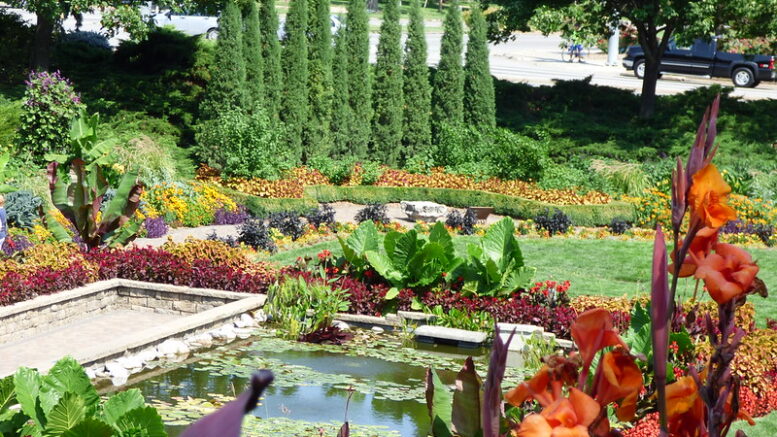Photo Credit – Sunken Garden – Overduebook – Flickr
A Splash of Sustainability!
Introduction
Have you ever watched a heavy rain shower and thought, “What a waste! All that precious water just rushing down the street!”? Well, you’re not alone! Enter the world of rain gardens, where you can turn those rainy-day blues into greens. These wonderful, vibrant gardens not only beautify your landscape but also help manage stormwater while making the most of Mother Nature’s free gift—rainwater! So, grab your rubber boots and let’s dive into the delightful world of rain gardens!
What is a Rain Garden?
A rain garden is a planted depression in your yard that captures and absorbs rain runoff from impervious surfaces like roofs, driveways, and sidewalks. By collecting rainwater, these gardens reduce the amount of stormwater that runs off into drains and waterways, thus minimizing the risk of flooding and pollution.
Benefits of Rain Gardens
Environmental Impact
Stormwater Management: Rain gardens effectively manage stormwater by allowing it to infiltrate the ground, reducing the burden on storm drains and sewer systems.
Water Quality Improvement: As rainwater filters through the garden soil, pollutants like fertilizers, oils, and debris are naturally filtered out, leading to cleaner water entering the groundwater system.
Biodiversity Boost
Rain gardens can serve as habitats for local wildlife, attracting butterflies, bees, and birds. By selecting native plants, you can create a thriving ecosystem in your yard.
Aesthetic Appeal
With colorful plants and unique designs, rain gardens can enhance the beauty of your landscape while providing a functional addition.
Cost-Effectiveness
Rain gardens can reduce water bills by utilizing harvested rainwater for irrigation. Plus, they often require less maintenance compared to traditional lawns.

